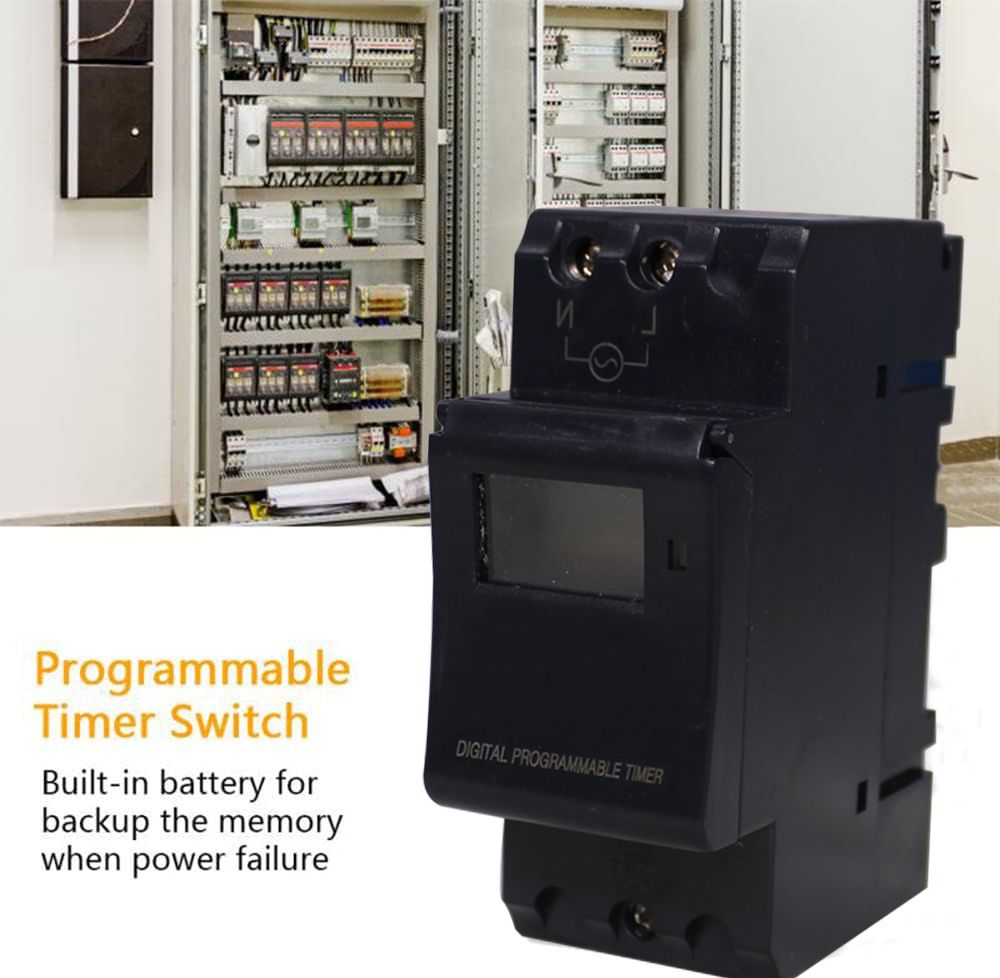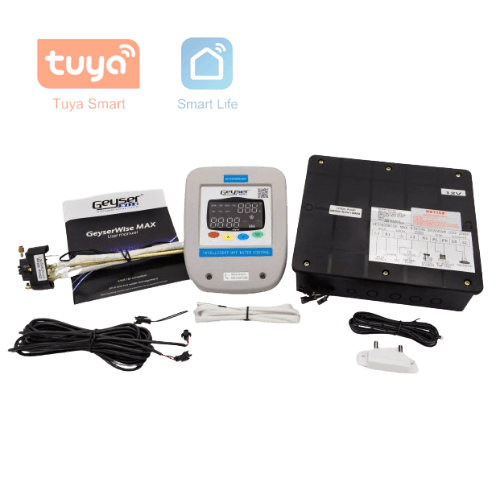Comprehending the Common Issues Surrounding Geyser Timers for Reliable Water Heating
The effective functioning of geyser timers is necessary for optimizing water heating performance, yet customers often experience a series of usual concerns that can endanger performance. Malfunctions, incorrect settings, and compatibility challenges are just a few of the obstacles that can develop, possibly bring about increased energy expenses and reduced dependability. Power supply disparities and the necessity for regular maintenance can make complex issues better. Comprehending these variables is vital to ensuring that hot spring systems operate at their best, inviting a more detailed exam of the remedies that can attend to these widespread worries.
Usual Malfunctions

One widespread malfunction is the failing of the timer to start home heating cycles. This can occur because of electric issues, such as a blown fuse or malfunctioning wiring, stopping the timer from obtaining power. Another usual trouble is inconsistent temperature level policy; the geyser might stop working or get too hot to warmth water sufficiently. This might be connected to a malfunctioning thermostat or debris accumulation within the container, protecting the home heating element.

Incorrect Timer Setups
Misconfiguration of timer settings is an usual concern that can result in significant inefficiencies in hot spring operation. When timers are set inaccurately, they might activate the hot spring at suboptimal times, leading to either insufficient home heating of water or extreme power usage. As an example, if the timer is configured to turn on throughout peak electrical power hours, it not just pumps up energy expenses yet likewise leads to unnecessary stress on the electrical framework.
Furthermore, inaccurate timer setups can disrupt the accessibility of warm water when needed - geyser timer. An inadequately configured timetable may leave households without warm water throughout optimal use durations, triggering hassle and irritation. Conversely, continuous operation as a result of misconfigured timers can result in getting too hot, increasing and damaging the geyser upkeep prices
Customers ought to familiarize themselves with their geyser's home heating demands and change the timer to straighten with their details demands. Correctly set up timer setups ultimately add to a much more cost-efficient and lasting water heating option.
Compatibility Issues
Compatibility issues can significantly useful link influence the efficiency of geyser timers, particularly when integrating with different furnace or smart home modern technologies (geyser timer). Several hot spring timers are developed to collaborate with details sorts of hot water heater, such as repellent burner or gas-fired systems. If a timer is not suitable with the heater, it may not operate properly, leading to ineffective water heating or perhaps damage to the system
Additionally, as wise home innovation remains to progress, the combination of geyser timers with home automation systems can present challenges. Not all hot spring timers provide the very same level of connection, which can impede their capacity to interact effectively with mobile applications or clever hubs. Customers may locate themselves unable to regulate their geyser timers from another location or established routines that align with various other smart gadgets in their home.
Additionally, the compatibility of hot spring timers with existing electrical framework can also be a worry. Variations in voltage scores, circuitry standards, and circuit setups can bring about operational problems. Therefore, it is essential to completely assess compatibility with both the heating devices and the home's electric system before selecting a geyser timer to make certain optimal performance.
Power Supply Issues
Power supply issues can drastically hinder the functionality of hot spring timers, resulting in undependable operation and enhanced energy expenses. These problems might come from poor voltage supply, irregular power resources, or damaged circuitry. A hot spring timer calls for a stable electric input to operate ideally; variations can bring about irregular efficiency or total failing.
Moreover, wrong voltage scores can harm the timer, making it defective. It is important to ensure that the hot spring timer is suitable with the electrical specifications of the installment website. Additionally, power rises or disruptions can disrupt the timer's programs, causing inefficient home heating cycles and unforeseen operational hold-ups.
In many cases, the positioning of the hot spring timer may additionally add to power supply obstacles. If mounted too much from the main power resource, voltage drop can take place, impacting efficiency. Regular surveillance of news the electrical system and prompt identification of any kind of anomalies can alleviate these issues. In circumstances of persistent power supply issues, seeking advice from a certified electrical contractor is recommended to make certain that the electric facilities properly sustains the hot spring timer's demands. Correct attention to power supply can improve the performance and longevity of the geyser timer system - geyser timer.
Upkeep and Troubleshooting
Regular maintenance and troubleshooting are important for ensuring the dependable operation of geyser timers. Regularly tidy the timer device and bordering locations to avoid dust accumulation, which can interfere with its procedure.
If problems develop, begin repairing by resetting the timer to its default settings. Validate the power supply to make sure the timer is receiving appropriate voltage.
Additionally, a knockout post take into consideration scheduling specialist assessments yearly to resolve prospective concerns proactively. This method can expand the lifespan of the hot spring timer and optimize its effectiveness. By focusing on upkeep and effective troubleshooting, individuals can minimize common issues and ensure constant efficiency from their geyser timers.
Final Thought
In verdict, identifying and addressing the common issues associated with geyser timers is vital for enhancing water heating effectiveness. Timer malfunctions, wrong setups, compatibility difficulties, and power supply issues can substantially affect performance.
The efficient functioning of geyser timers is vital for enhancing water heating efficiency, yet users frequently experience a range of common issues that can endanger efficiency. When timers are set incorrectly, they might turn on the hot spring at suboptimal times, resulting in either inadequate heating of water or excessive power intake.Compatibility problems can considerably impact the efficiency of hot spring timers, especially when integrating with various heating systems or smart home technologies. Several geyser timers are developed to work with details kinds of water heaters, such as resistive home heating elements or gas-fired systems.In verdict, acknowledging and dealing with the common concerns associated with hot spring timers is necessary for optimizing water home heating effectiveness.